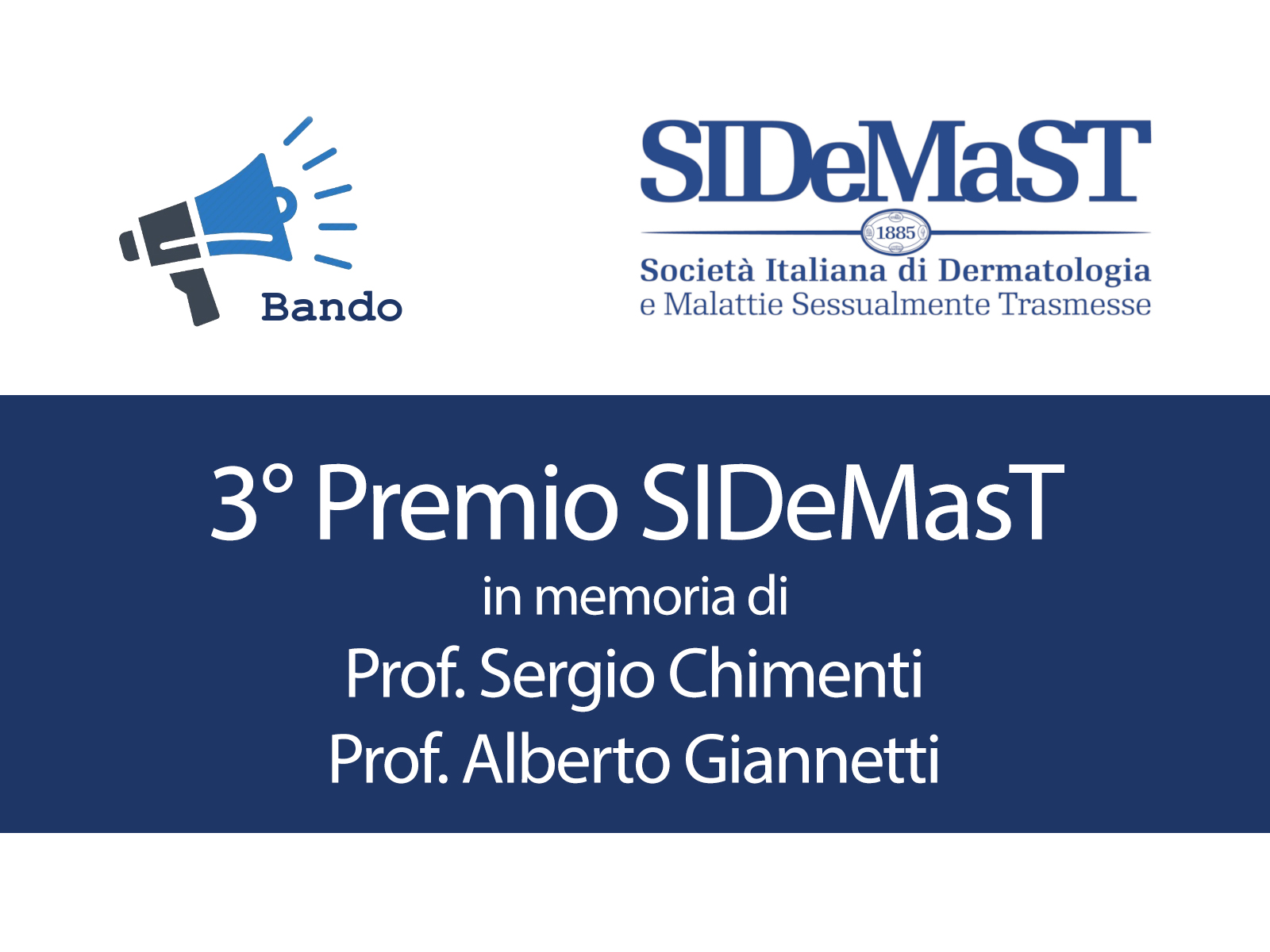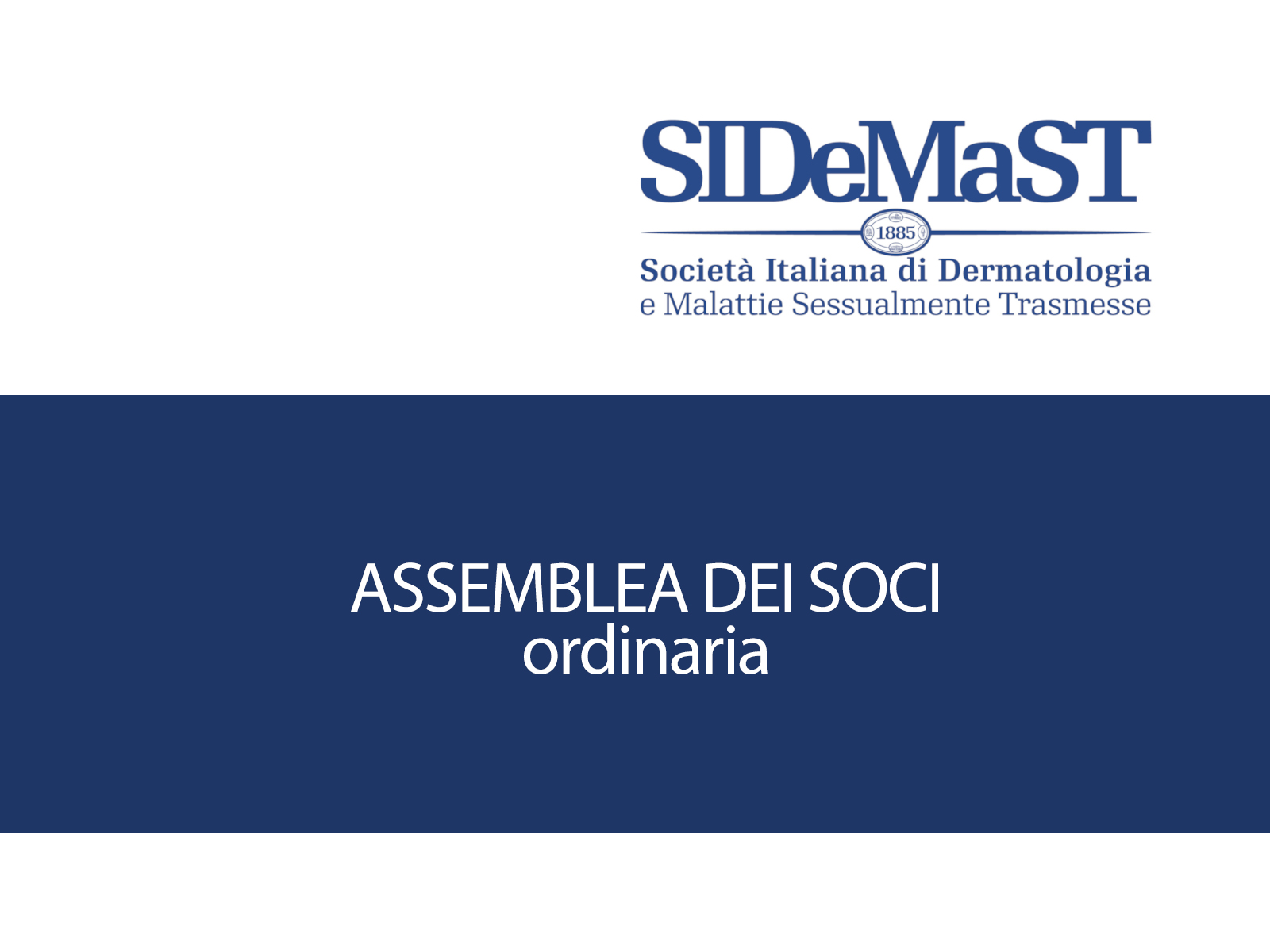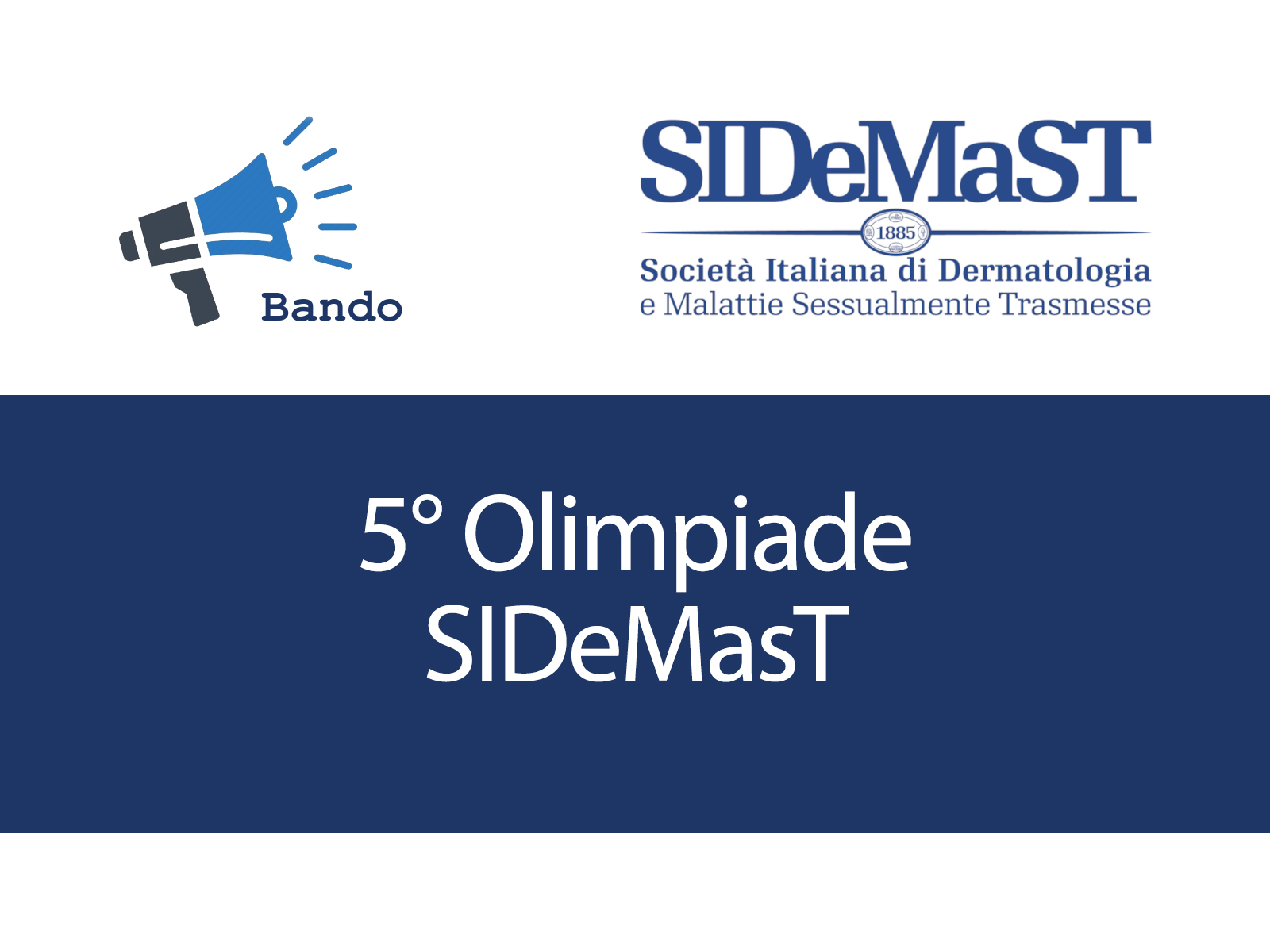The tumour mutation load (TML) in a patient's cancer biopsy varies by age and the type of cancer, along with several other factors, according to a study that will be presented next month at the 2017 Annual Meeting of the American Society of Clinical Oncology (ASCO).
The findings are some of the most comprehensive analyses of TML to date as they include 14 types of solid tumours. Over 8,000 tissue samples were included in the study making this one of the larger collections of tumours examined for TML.
"One of our more interesting findings was the fact that mutation load increased with age in many cancers," said principal investigator Mohamed E. Salem, MD, Georgetown Lombardi Comprehensive Cancer Center, Washington, DC. "Older age correlated closely with TML in most of the cancers we examined, but in some cancers, such as bladder cancer, there was no correlation by age, which also makes for an important observation in a difficult to treat type of cancer."
Looking for high levels of mutations in tumour may seem to be a contrary way of looking for what therapies might be most effective to fight cancer. Because immunotherapies work by taking the brakes off the immune system, and hence allowing immune-fighting cells to go after cancer cells, the more mutations a cancer cell has may make it appear more alien to the immune-fighting cells and therefore, a more focused object of attack. If a cell's TML is high, an immunotherapy could be more effective. Tumour mutation load also could be used as a marker to determine which types of cancer and which patients, or subsets of patients, could most benefit from immunotherapy.
"We found that, as expected, melanoma had the highest TML as we know clinically that this type of cancer responds best to immunotherapy," said Dr. Salem. "Indeed, the mean TML for melanoma was nearly double that of the next highest mean, non-small-cell lung cancer. In addition, we see that high TML often occurs in tumours lacking well-known cancer-related genes, like BRAF or NRAS genes in melanoma and EGFR or ALK genes in non-small-cell lung cancer. This suggests that immune checkpoint inhibitors may be particularly effective in patients who are not candidates for common targeted therapies in these types of cancer."
"Our next step is to validate and correlate TML levels with outcomes in patients who have received immunotherapy," he added. "Wèll look to see if patients had high TML levels before they started therapy and then determine if those with the highest levels had the best clinical outcome, which is what we might expect. If validation studies prove helpful, they could be very useful in designing clinical trials for many types of cancer."
SOURCE: Georgetown Lombardi Comprehensive Cancer Center







